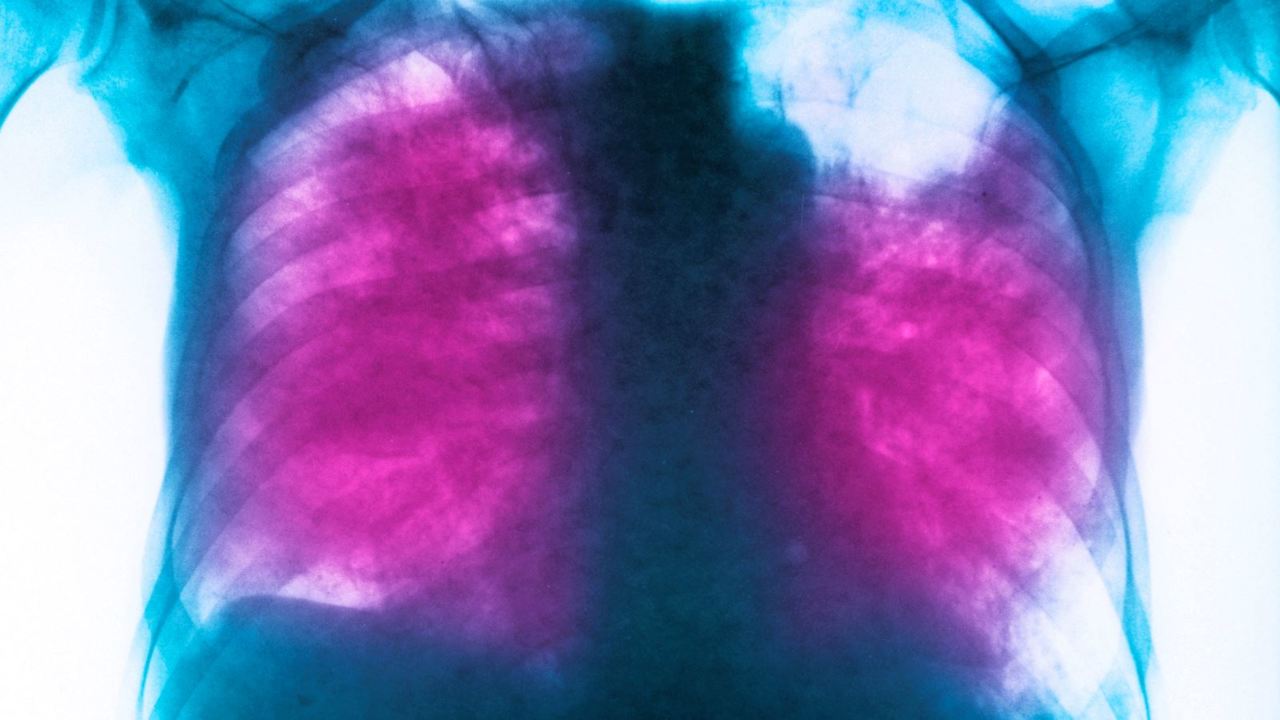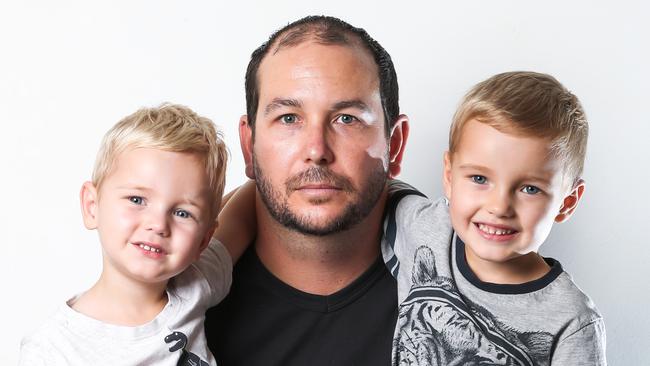Sick Queensland dad says silicosis being underplayed
A Queensland tradie diagnosed with silicosis says the illness is being underplayed and that out of 20 workmates, only two don’t have the deadly disease.

QLD News
Don't miss out on the headlines from QLD News. Followed categories will be added to My News.
SILICOSIS numbers are being underplayed, says a diagnosed Queensland stonemason who says only two out of 20 of his workmates on the Gold Coast have escaped a diagnosis.
The father-of-two’s claim comes as the CFMEU calls for national code of practice to protect those in the trade.
ONE IN FIVE STONEMASONS DIAGNOSED WITH SILICOSIS
SILICOSIS: GOLD COAST STONEMASON FIRST KNOWN VICTIM OF NEW CRISIS
NO MORE TALK: IT’S TIME TO ACT NOW ON SILICOSIS
WorkCover figures show one in five Queensland stonemasons have the lethal disease – 186 have been diagnosed around the state with 26 having the most deadly form of progressive massive fibrosis.

The CFMEU is demanding strict regulations covering the use of engineered stone and strong enforcement action against operators who do not offer a safe workplace.
Phil Beckett was in the benchtop business for 15 years, working with engineered products. He now cannot work as he deals with the shock diagnosis of silicosis made just over a year ago.
“This disease has taken my marriage and I face the possibility of it taking my life. Over the years I would have worked with more than 20 other stonemasons. Only two of those have escaped a diagnosis. Is that just a random cluster or is this a much more serious problem? One of our colleagues passed away and there were many at the funeral who had been diagnosed,” he said.
Gold Coast man Anthony White died from silicosis after working with manufactured stone benchtops. He was 36 when he died in March last year.
“In all of my years of working I never once wore a mask and was unaware of the dangers. Now I’m facing the chance of not seeing my boys grow up, just from doing my day’s work,” Mr Becket said.
“My doctor said to me that he doesn’t think the disease will take my life within five years but he doesn’t know what will happen after that. The silica dust from the stone builds up in deep pockets in the lungs and it cannot be removed.”

The body responds to the dust by creating an inflammatory response which ends up in lung scarring and fibrosis. Lung capacity becomes so low that a transplant is necessary.
Mr Beckett says it is vital that there is a tough clampdown on operators who do not keep their workers safe.
“Guys as young as 22 have been diagnosed in Queensland. I have seen cases recently where engineered stone was still being cut dry with little thought for safety. It is vital to protect the future of workers,” Mr Beckett said.
The CFMEU National Construction Division is calling for consistent laws across the whole country.
“Australia needs nationally consistent regulations covering the use of these products and strong enforcement action taken against operators who refuse to provide a safe environment for their workers. The regulations must require the application of the hierarchy of control for silica and other inorganic dusts and need to be supported by nationally consistent codes of practice.” Nigel Davies, CFMEU Assistant National Construction Secretary said.
Queensland was the first state to introduce a code of practice. Last year the Government brought in standards for the management of silica dust.
“Research and funding is desperately needed to find a treatment option to give hope to everybody affected. To raise funding and awareness I will be running the Gold Coast Half Marathon in July. The training for this event will assist my lung capacity,” he said.
https://www.gofundme.com/f/marathon-for-silicosis
The different types of silicosis
● Acute silicosis can develop within weeks of very heavy exposure to silica. Lungs fill with a fluid containing a lot of protein causing severe breathlessness.
● Accelerated silicosis is also associated with high exposures and is usually seen in people working with engineered stone. Fibrosis within 10 years of first exposure.
● Chronic silicosis where fibrosis occurs more slowly — up to 30 years after first being exposed.
Measures included in the stone benchtop industry code of practice in Queensland
● Dust control methods to eliminate respirable crystalline silica dust during mechanical processing, including water suppression and on-tool dust extraction.
● Use of respirable protective equipment to safeguard workers.
● Air and health monitoring to check dust controls are effective.
● Safe on-site installation methods, including installation in homes.
● Worker consultation, training, education, instruction and supervision of workers.


